The original story by Renée Jean for Cowboy State Daily.
If you thought the Dubai chocolate craze was a passing TikTok fling, check your nearest gas station. The viral pistachio-packed confection has gone fully mainstream in Wyoming — complete with fully mainstream sticker shock. At convenience stores from Rawlins to Jackson, oversized “Dubai chocolate” bars are ringing up at $25 and up. Try to save a buck at a warehouse club? Some shoppers report seeing them closer to $40. For a candy bar.
The price alone dares you to take a bite. What on earth makes chocolate cost as much as a Friday night steak? And does it actually taste that good?
A Cowboy State Daily pit stop at the Stinker station in Rawlins turned into an impromptu taste test of a pink-wrapped version. The verdict was split. A few tasters liked the flavor, but others found the texture surprisingly dry and the pistachio hard to pick out.
“I’m not a pistachio person,” one clerk shrugged, “but the chocolate itself is good.”
This reporter took a second bite — maybe a third — and landed somewhere in the middle. Not unpleasant, not life-changing.
That’s a common refrain from people who try the convenience-store bars first. Fans insist the “real” Dubai chocolate is a different species entirely — and they’re not talking about what’s stacked next to the beef jerky.
The original phenomenon started in 2021 with a craving. British-Egyptian entrepreneur Sarah Hamouda, pregnant and living in Dubai, wanted knafeh, a beloved Middle Eastern dessert that eats like cheesecake’s flaky, stretchy cousin — shredded pastry, a gentle, mozzarella-like cheese, pistachios and rose syrup. Her riff wrapped those flavors in chocolate and a pistachio cream, then packed in crispy strands of kadayif pastry for crunch. She called it “Can’t Get Knafeh of It,” sold it at Fix Dessert Chocolatier in Dubai and, after a 2023 TikTok turned the bar into a global obsession, found herself making only 500 a day that sell out in minutes. The shop opens just a few afternoons a week. People queue for hours. That scarcity is gasoline on a virality bonfire.
With global shipping plans still limited, a swarm of copycats rushed to fill the vacuum. That’s what you’re seeing in US stores, including Wyoming’s. Some are prettier than they are palatable.
Jackson resident Irina Ivanova has done the legwork most of us won’t. She’s tried the original in Dubai — after her dad stood in line for hours — and sampled look-alikes across Europe and the US Her verdict: the authentic bar is a revelation. Crack it open and it practically melts in slow motion. The first bite brings rose, pistachio and buttery pastry in one lush snap. But the gas-station versions? “Very dry,” she says, and often made with the wrong ingredients. The pistachio butter tastes off. The kadayif isn’t right. The magic’s gone.
That lines up with what Meeteetse Chocolatier Tim Kellogg, known for his from-scratch truffles, told us. He hasn’t chased the fad himself, but the formula makes sense to him — if it’s executed with high-end ingredients.
“I’m seeing a lot of cheap knockoffs,” he said. “I don’t think those will be any good.”
Ivanova got obsessed enough to source the real stuff — saffron, cardamom, rose water, tahini, proper pastry — from Middle Eastern suppliers and start making her own. Friends flipped. Pop-ups sold out. Now she’s turning out bars and giftable shapes, all priced by size and presentation, and even doing private tastings for people who want the closest thing to Dubai without the 14-hour flight.
So why are the mass-market bars so expensive if they’re not the real deal? Part hype, part math. Supply is tight and curiosity is high; everyone’s seen the videos and wants to try at least once. Retailers price to what the market will bear until the wave crests. And underneath the trend, the ingredient economics are brutal. Pistachios had a punishing year: a weak harvest, shifts in Iranian exports to the UAE and booming demand for pistachio cream pushed prices higher — roughly 40% more year-over-year in 2025. Cocoa has its own crisis, with West African crops slammed by disease and weather, sending costs up and squeezing even mainstream chocolate brands. Add fancy inclusions like saffron and real rose water, and you’re not starting from a Hershey’s cost basis.
Even so, the bars are finding fans. Rawlins Stinker manager Joseph Reyes says shipments arrive by the case and disappear in about a month. One regular — an oil and gas worker — buys them to shave a square into his morning coffee.
“It all melts in,” Reyes said. “He says it’s pretty good that way.”
The simplest way to think about the craze is like sushi or espresso: once you’ve had the real thing made the right way, it ruins the average version for you. The authentic Dubai bar is a tightrope of textures — glossy shell, buttery pistachio creme, crisp pastry, floral sweetness — that collapses if any one element is stale, cheap or mishandled. The copycats often miss two or three at once.
Will prices come down? Not soon. As long as social media keeps refueling demand, and pistachios and cocoa stay pricey, the $25–$40 window will stick. If you’re curious, pick your moment and your maker. The convenience-store bar is a one-and-done story to tell; a carefully made version with real ingredients is the one you’ll think about later. And if someone you love is willing to stand in a Dubai line on a humid afternoon for the original, well — marry them, or at least buy their next plane ticket.

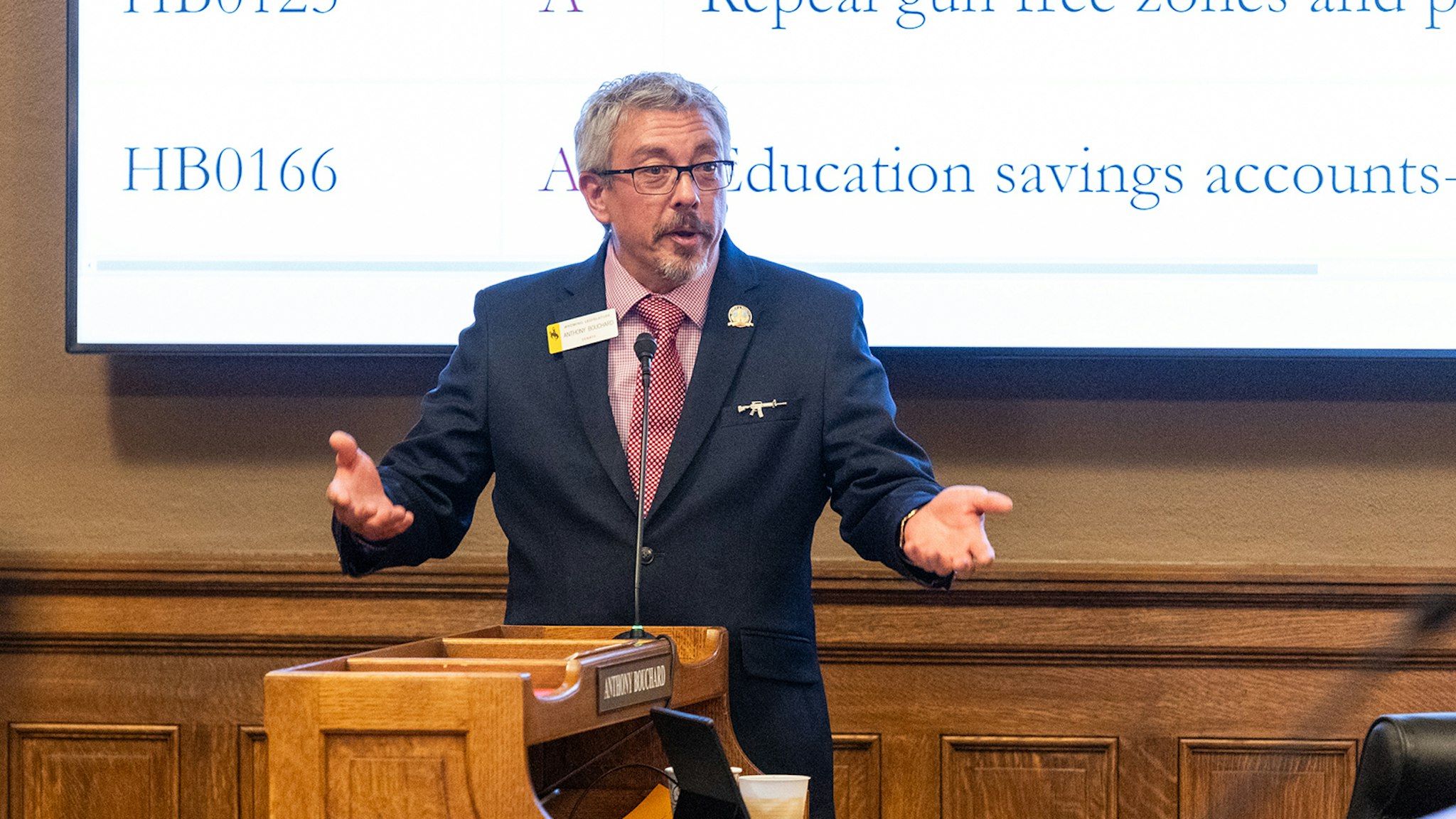

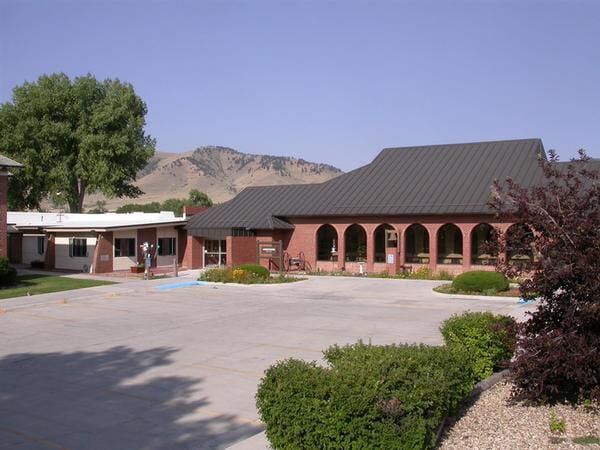

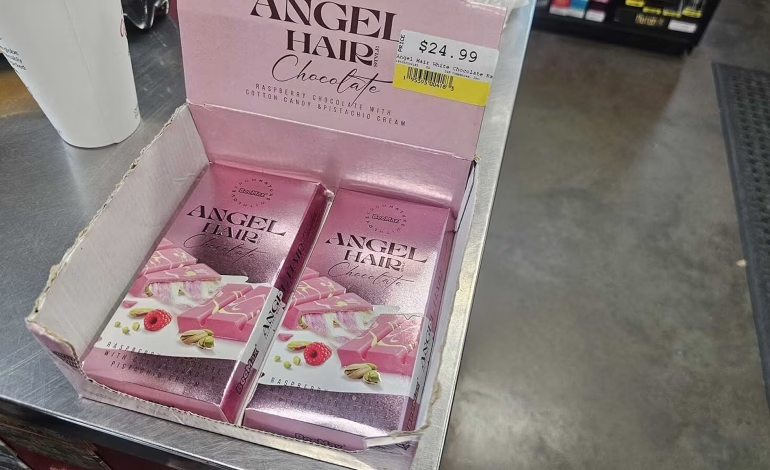


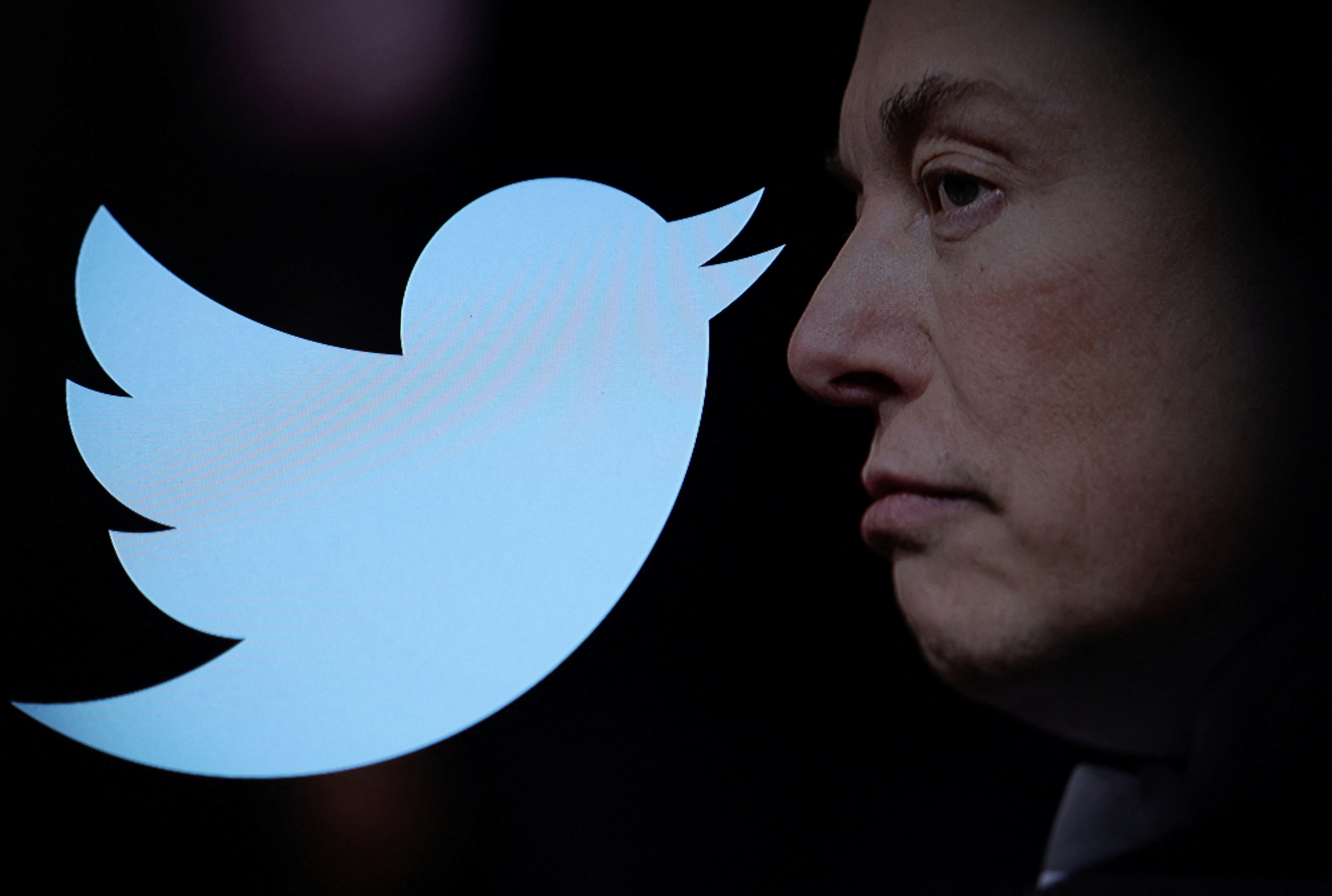
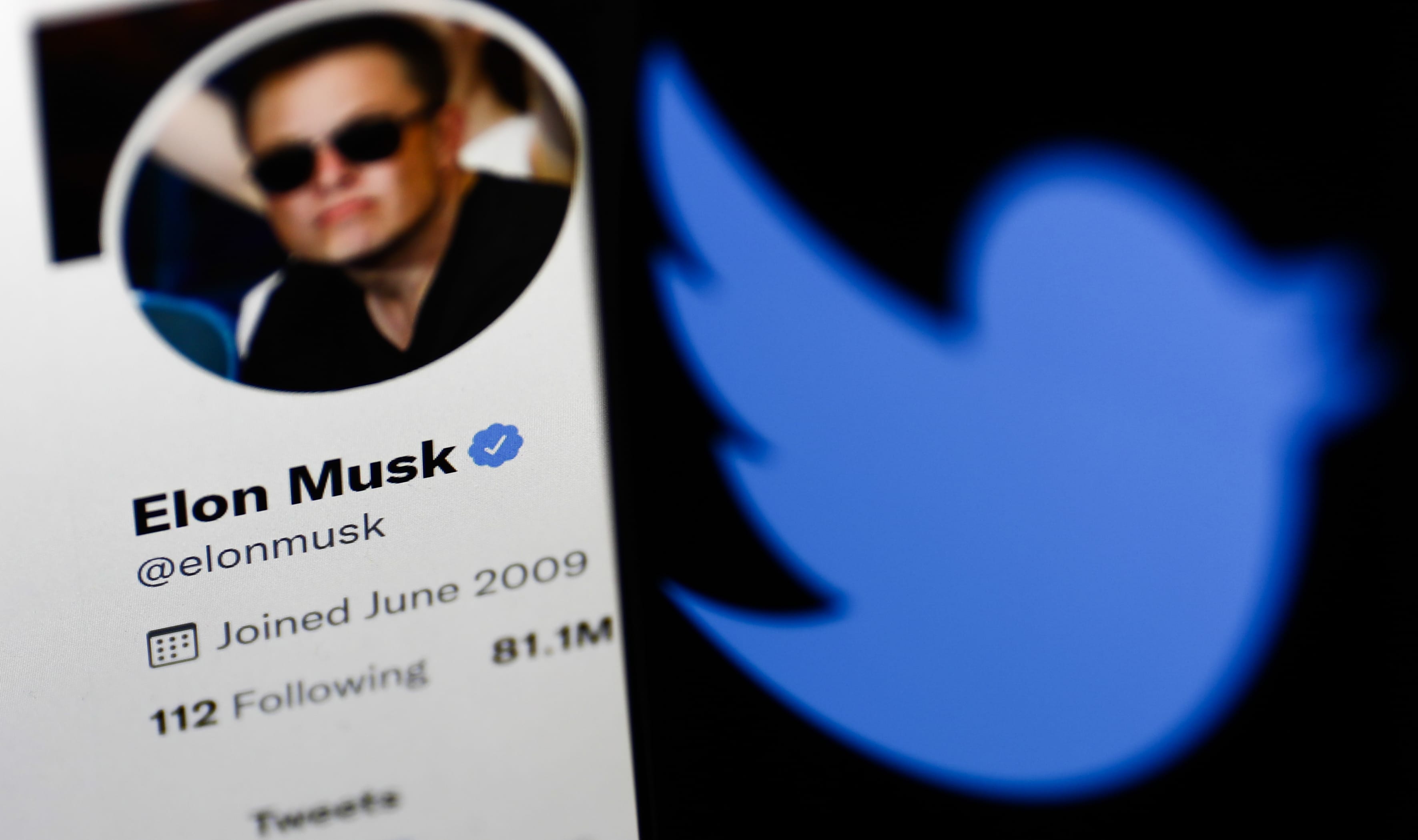
The latest news in your social feeds
Subscribe to our social media platforms to stay tuned